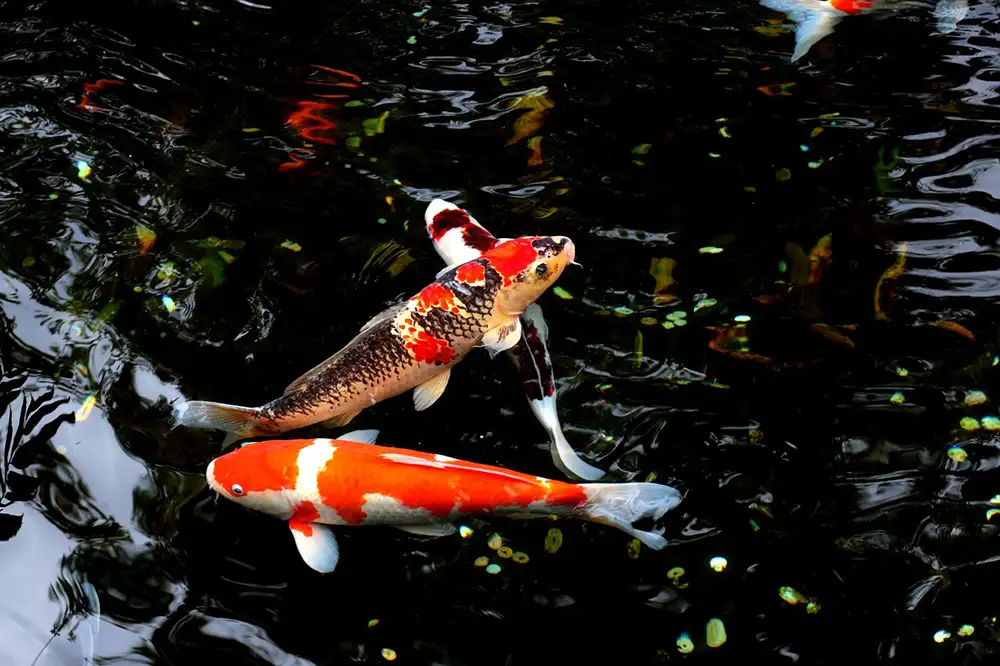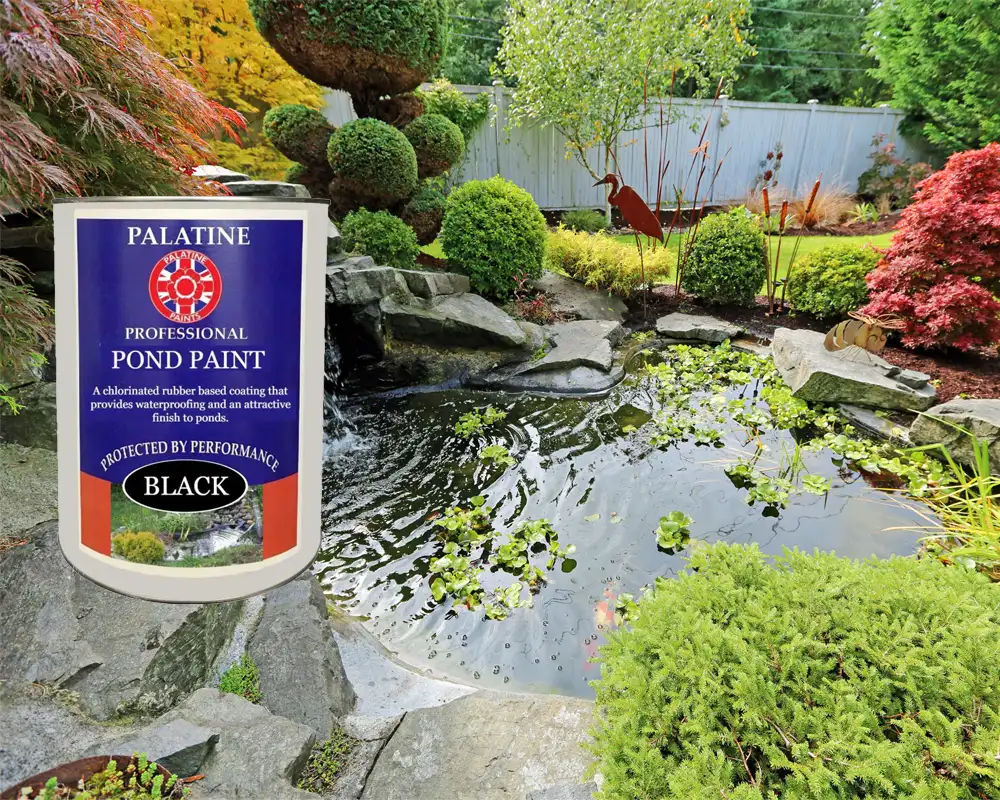All Blogs, Priming and Protecting
Painting Your Pond: Tips and Tricks for a Perfect Finish
Painting Your Pond – you want your pond to look beautiful and be a source of pride.
One way to achieve this is by painting your pond. Pond painting is a great way to give your pond a fresh, new look while also protecting it from the elements. In this article, I will share with you some tips and tricks for painting your pond and achieving a perfect finish.
Introduction to Pond Painting
Pond painting is the process of applying a waterproof paint to the surface of your pond. Pond paint not only makes your pond look beautiful, but it also helps to protect it from the harsh outdoor elements. A good quality pond paint will help to prevent leaks, protect the pond from algae and other organic growth, and keep the water clear.
There are many different types of pond paint available on the market today, and it can be overwhelming to choose the right one for your pond. In the next section, we will discuss how to choose the right pond paint for your needs.
Choosing the Right Pond Paint
Choosing the right pond paint is essential to achieving a perfect finish. There are three main types of pond paint: epoxy, rubber, and acrylic. Each type of paint has its own unique properties and benefits.
Epoxy pond paint is the most durable and long-lasting type of pond paint. It is also the most expensive. Epoxy paint is a two-part system that requires mixing before application. It is best suited for concrete or masonry ponds.
Chlorinated Rubber pond paint is a popular choice for our pond owners because it is easy to apply and is very flexible. It can be applied to a variety of surfaces, including concrete, wood, and fiberglass. Rubber paint is also resistant to UV rays and will not fade over time. This paint is the best seller in the category.
Acrylic pond paint is the most affordable type of pond paint. It is easy to apply and dries quickly. Acrylic paint is best suited for small ponds or water features.
Types of Waterproof Paints
When it comes to waterproof paint for ponds, there are two main types: water-based and solvent-based. Water-based pond paint is the most commonly used and is easy to apply. It is also environmentally friendly and dries quickly. Solvent-based pond paint is more durable and long-lasting, but it is also more difficult to apply and has a longer drying time.
When choosing a waterproof paint for your pond, it is important to choose a paint that is specifically designed for use in ponds. Standard exterior house paint is not suitable for use in ponds as it can be harmful to fish and other aquatic life.

Preparing Your Pond for Painting
Before you can start painting your pond, you need to prepare the surface. The first step is to clean the pond thoroughly. Remove any debris, algae, or other organic matter from the surface of the pond. You can use a pond vacuum or a pressure washer to clean the pond.
After cleaning the pond, you need to make any necessary repairs to the surface. Fill in any cracks or holes with a suitable filler. Allow the filler to dry completely before proceeding.
Once the surface is clean and repaired, you need to roughen the surface to ensure proper adhesion of the paint. You can use sandpaper or a wire brush to roughen the surface.
Steps for Painting Your Pond
Now that the surface of the pond is prepared, you can start painting. Follow these steps for a perfect finish:
- Apply a primer coat. This will help the paint to adhere to the surface and provide a smooth base for the topcoat.
- Apply the topcoat. Use a high-quality pond paint and apply it evenly with a brush or roller. Be sure to follow the manufacturer’s instructions for application and drying times.
- Apply a second coat (optional). If you want a more durable finish, you can apply a second coat of paint after the first coat has dried.
- Allow the paint to dry completely. This can take anywhere from 24 to 48 hours, depending on the type of paint and the weather conditions.
Tips and Tricks
Here are some tips and tricks to help you achieve a perfect pond painting finish:
- Choose the right paint for your pond. Consider the type of surface, the size of the pond, and your budget when choosing a paint.
- Apply the paint on a dry day. Avoid painting on a day when rain is forecasted or when the humidity is high.
- Use a good quality brush or roller. A good quality brush or roller will help to ensure an even application and a smooth finish.
- Apply the paint in thin coats. Thick coats of paint can result in an uneven finish and may take longer to dry.
- Allow the paint to dry completely before adding water to the pond. This will help to ensure that the paint has cured properly and will not be damaged by the water.
Frequently Asked Questions
- Can I paint my pond if it has fish in it?
Yes, you can paint your pond if it has fish in it. Just be sure to choose a paint that is safe for use in ponds and allow the paint to dry completely before adding water back to the pond. We would recommend leaving this product on for 7 days before filing the pond with water.
- Can I paint my pond if it is already filled with water?
No, you cannot paint your pond if it is already filled with water. You need to drain the pond and clean the surface before painting.
- How long will the paint last?
The longevity of the paint will depend on the type of paint used and the conditions in which the pond is located. Epoxy paint can last up to 10 years while rubber and acrylic paints will last up to 5 years.
Palatine Paints Pond Paint
Palatine Pond Paint is a chlorinated rubber based product specially formulated to waterproof concrete ponds with an appealing decorative finish. Once this product is fully dried it is Fish friendly.
This product is resistant to water, fungal growth (mould resistance) & atmospheric pollution.
Available in range of colours, so weather your looking for black pond paint or a natural green to blend in with the rest of your garden we can do it!
This is possible with our tinting facilities that allows us to tint to RAL classic code.
Also check out our colour matching service
Conclusion: Enjoy Your Beautiful Pond!
Painting your pond is a great way to give it a fresh, new look while also protecting it from the elements. By following the tips and tricks outlined in this article, you can achieve a perfect pond painting finish.
Remember to choose the right paint, prepare the surface properly, and apply the paint evenly. With a little effort, you can enjoy a beautiful pond for years to come!
Contacting us is easy!
Email: [email protected]
Call Us: 01942 884 122
Contact form: https://www.palatinepaints.co.uk/contact-us
Live Chat Service: Press the small blue icon at the bottom left of your screen.

